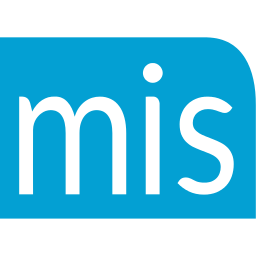I was having lunch with a client last week and she was telling me about how frustrated she was with a prospect who wasn’t calling her back.
“But our first meeting went so well,” she told me.
I asked her what happened, and she told me that she visited with a prospect who currently has four other vendors and was initially resistant to using a fifth. My client persisted, however, developed good rapport, and the prospect said she could submit an RFP on their next job.
My client left feeling good about the lead and excited that she had been able to overcome the initial resistance. She went back to her office, put together her proposal, emailed it to the prospect and began following up. Not surprising to me (and soon to her), she got no response from the prospect.
“I can’t understand it!” She repeated.
I don’t know about you, but this whole transaction had Red Flags all over it. To begin with, whenever I hear “RFP Process,” a host of questions jump out at me. Here’s what I’m thinking (and you should be, too):
1. How many RFP’s are they getting?
2. Is their current supplier submitting one, too?
3. Did they review with their current supplier the last time they had an RFP?
4. Did they go with them at that time?
5. How likely are they to go with them again?
6. Why are they even going through the process of accepting RFP’s?
7. Are they required to get at least 3-5 bids?
8. How many do they already have?
9. Have they essentially already decided on the winner and are only going through the process?
10. Is price (or what is??) the deciding factor?
11. Do I honestly have a chance at this deal?
12. Am I doing this (submitting my RFP) just to be busy hoping I might get it?
All these thoughts need to be scripted into qualifying/disqualifying questions and you need to ask them before you enter any RFP Process. If you don’t get this information, chances are you’ll end up on the outside with no return call. And I’m sure you know how that feels!
What do you think about this article? Leave your comments and questions below.
